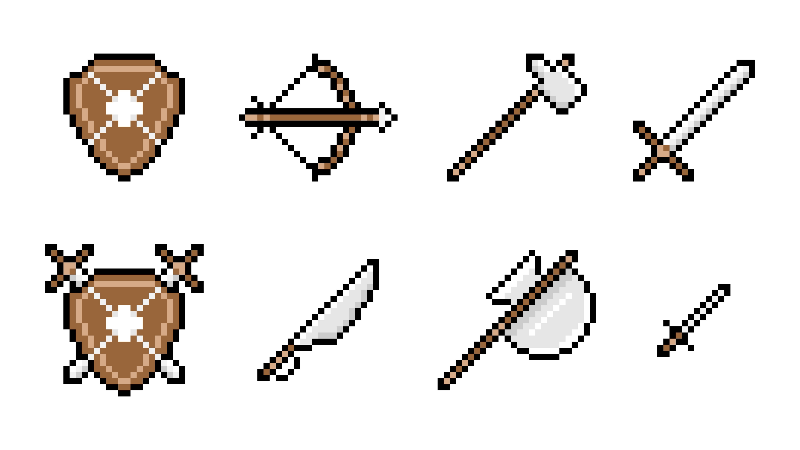Baldur’s Gate 3 Combat Tips

By Andrea Tan | July 17th, 2023 | Categories: Baldur's Gate 3
Baldur’s Gate 3 isn’t the easiest RPG to learn. You can watch as many tutorials as you want, and you’ll still learn new things that’ll get you up to speed with its combat mechanics. Modeled after Dungeons & Dragons 5th Edition, you’ll find a sense of familiarity with the ruleset from the tabletop in the game if you’re knowledgeable about it. However, regardless of your prior know-how, Baldur’s Gate 3’s combat can still feel overwhelming.
If you’re still trying to figure out how to fight, fear not—I’ll be going over some combat tactics and tips you could do, including surprise attacks, focus fire, and more.
Table of Contents
Don’t Clump Together
Unless you’re the clingy type, clumping your party together with you is a terrible idea in Baldur’s Gate 3. Spellcasters are notorious for having abundant AoE spells that enable them to hit a large area. You also have Fighters that can make sweeping cleave attacks. And don’t forget about the part where surfaces can turn to ice or catch on fire! The closer your party members are to each other, the more chances they’ll bear the brunt of a group’s attacks.
I recommend you only huddle with your team whenever you need to heal or you plan to surround an enemy and get backstab damage as a Rogue. Even from that perspective, you should use a bonus action to Disengage to put some distance between you and the enemy again.
Focus Fire Instead of Taking Everybody On
It’s easy to assume that fighting enemies separately gives you more chances to eliminate them faster, but if we’re talking about it from a D&D standpoint, that strategy is a death wish. Enemies with low HP still have a lot of actions they can use unless they’re Silenced, knocked Prone, or incapacitated. Whether an enemy has a high or low HP, they still hit the same.
Instead of fighting everybody at once, why not try to focus fire? This is a well-known Dungeons and Dragons strategy wherein you focus your attacks on one target at a time instead of taking on multiple enemies. This tactic allows you to deal more damage and lessen your team’s chances of being downed.
Be Sneaky
Stay hidden as much as possible if you plan to engage in combat. That way, you can trigger a Surprise Attack first before the Combat Encounter starts. Surprise Attacks not only lead you to gain the upper hand, but it also ignores Initiative. If you’re a Rogue, you could also do a charged-up Surprise Attack using the Sneak Attack, then get another turn under Initiative.
Surprise Attacks are an excellent way to catch foes by surprise (pun intended), where everyone in your party can almost always get a free turn. You’ll need a scout to bamboozle an enemy and grab everyone’s attention. Then, when the time is right, your other party members can enter combat mode one by one with Surprise Attack.
Help Your Fallen Comrades
Don’t wait for your party members to pass their saving throws when they’re down! Instead, have another character trigger the Help action to get them back up to 1 HP. If it so happens that it’s your turn, you can opt to throw a healing potion at the ground near them. That way, you can heal multiple fallen allies and heal them back into a conscious state. This method is beneficial if you do ranged healing during a fight. However, throwing an object does use your full Action for that turn.
Know What You’re About to Deal With
In old-school D&D, only the Dungeon Master knows the exact stat blocks of monsters they’ll unleash on the table. Thankfully in Baldur’s Gate 3, you’ll know what you’re up against. Using the Examine function, you can look at a monster’s stats. It allows the user to see any relevant data associated with the monster, which looks similar to your character sheet. These include Resistances and Ability Scores. You can use the information you’ve received from Examine to avoid using spells or features that only deal minuscule damage.
Stay Sharp
Always look for opportunities, regardless of where the battle is taking place. The environment can be your friend, but it can also work against you if you’re unaware of your surroundings. Sometimes, hovering your mouse around the battlefield with an arrow prepared pays off. For example, if you see a stalactite about to fall from a cave ceiling, you can knock it down when an enemy is underneath it.














